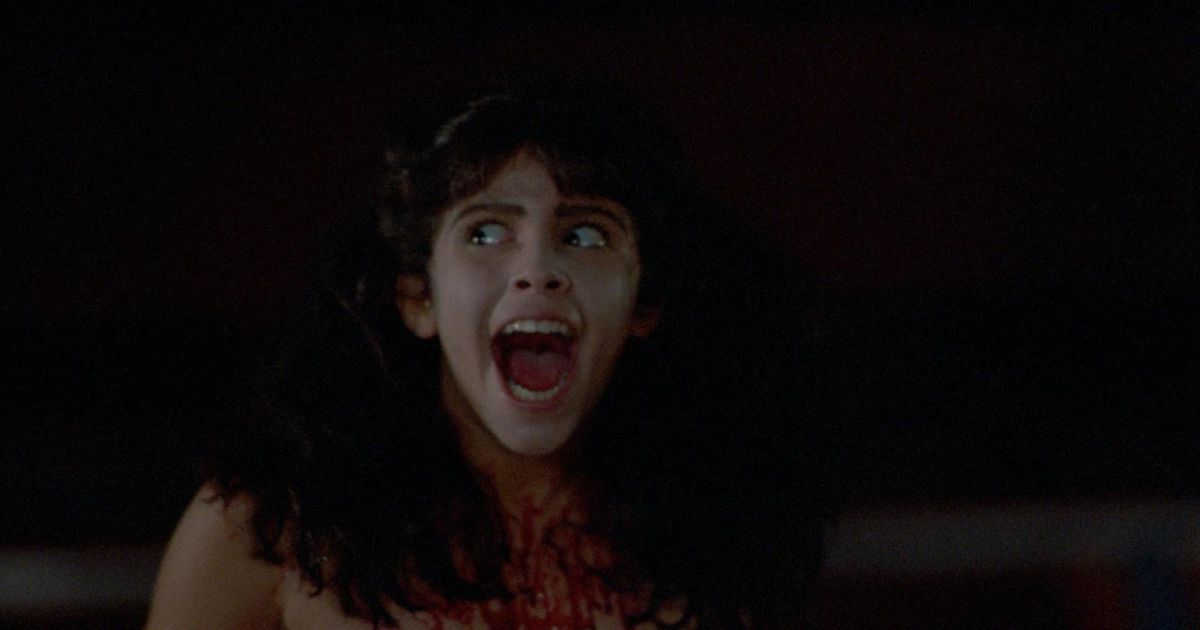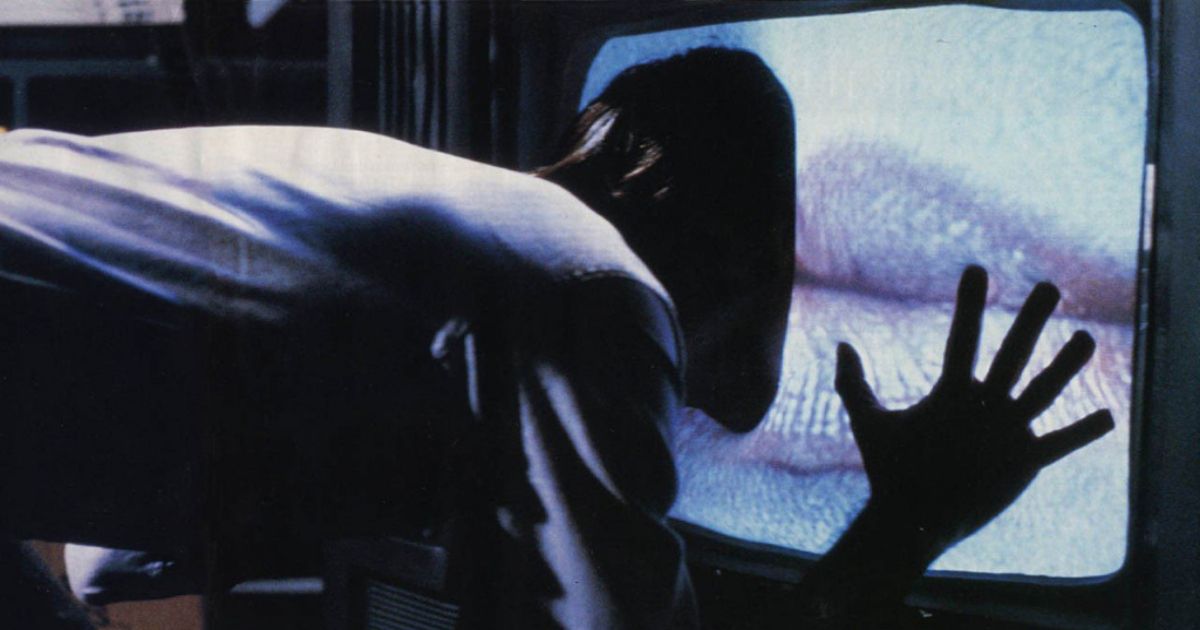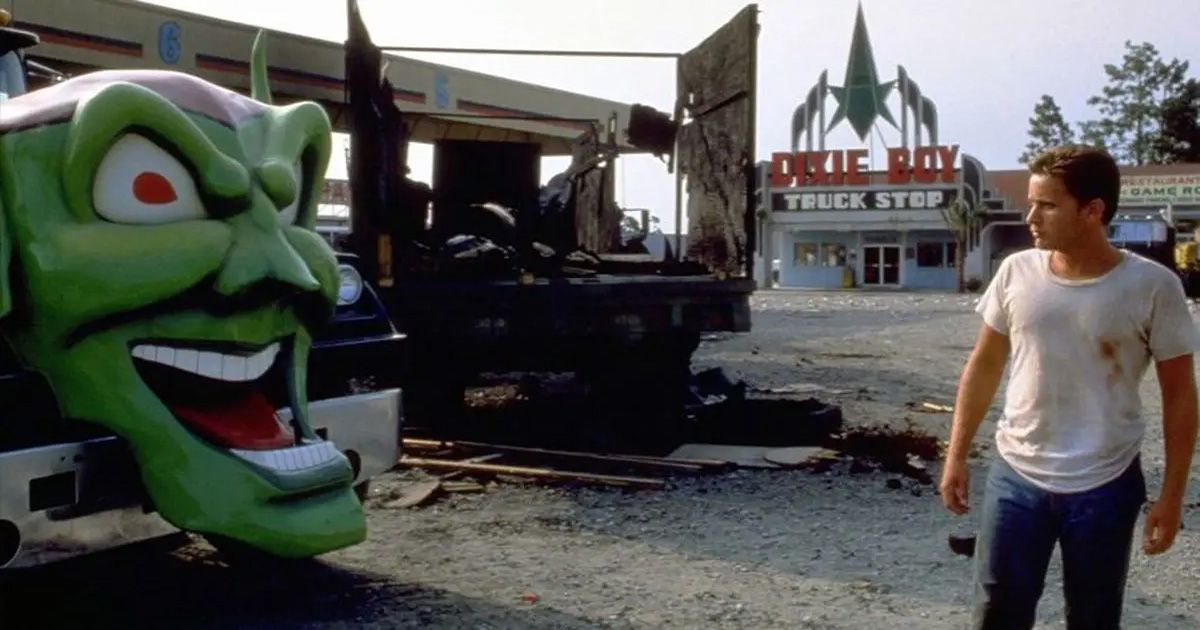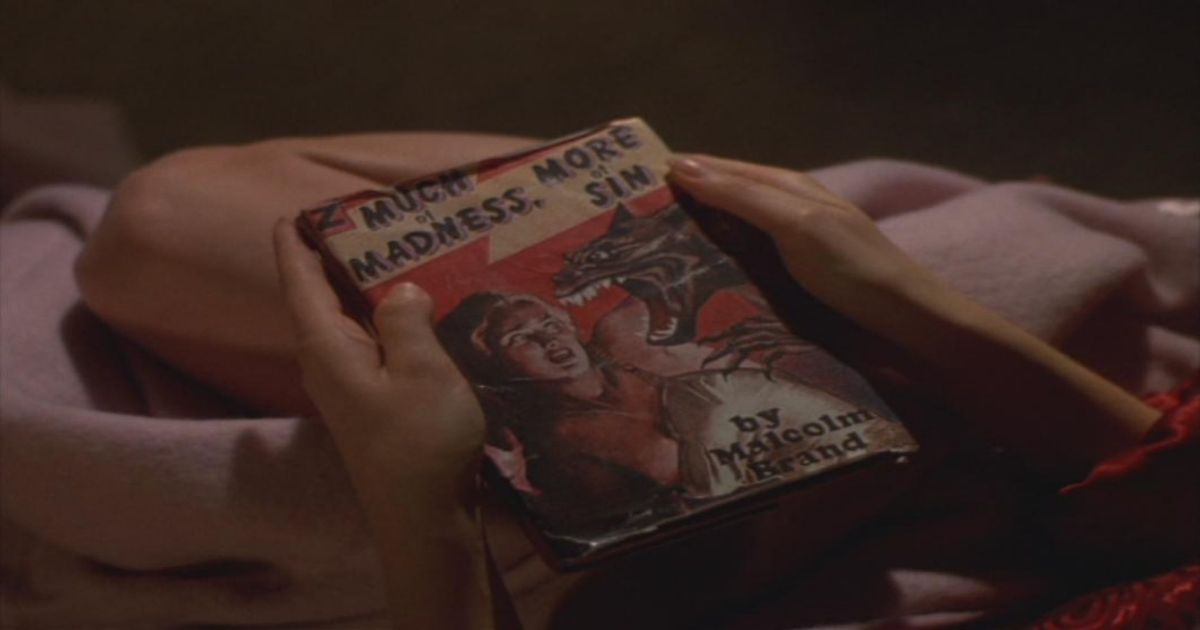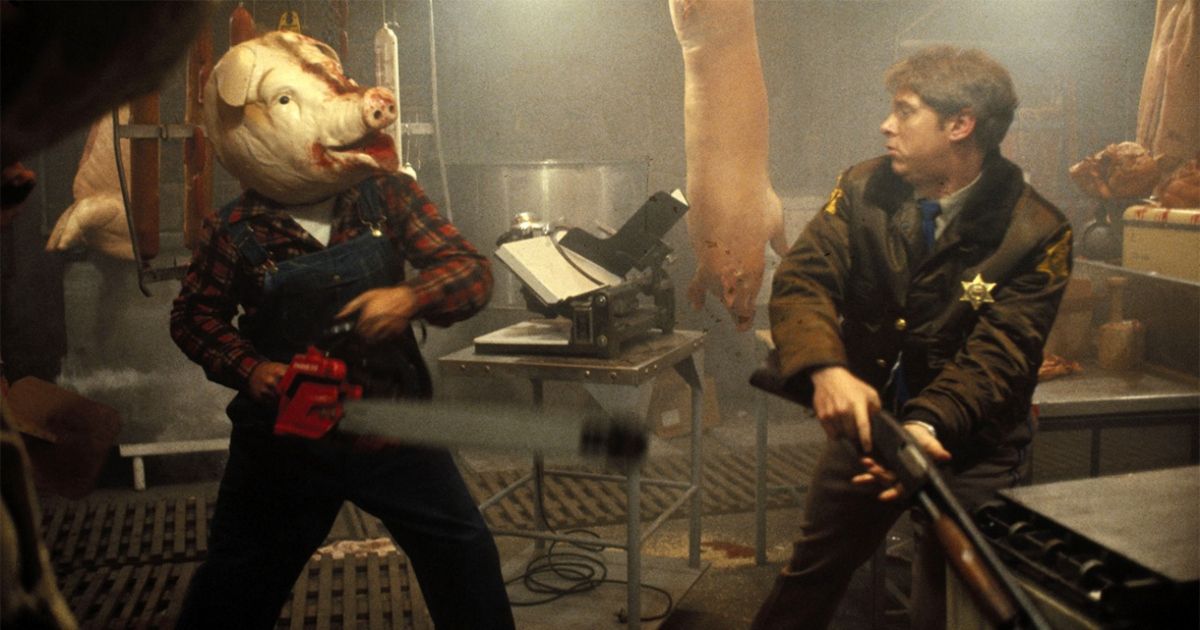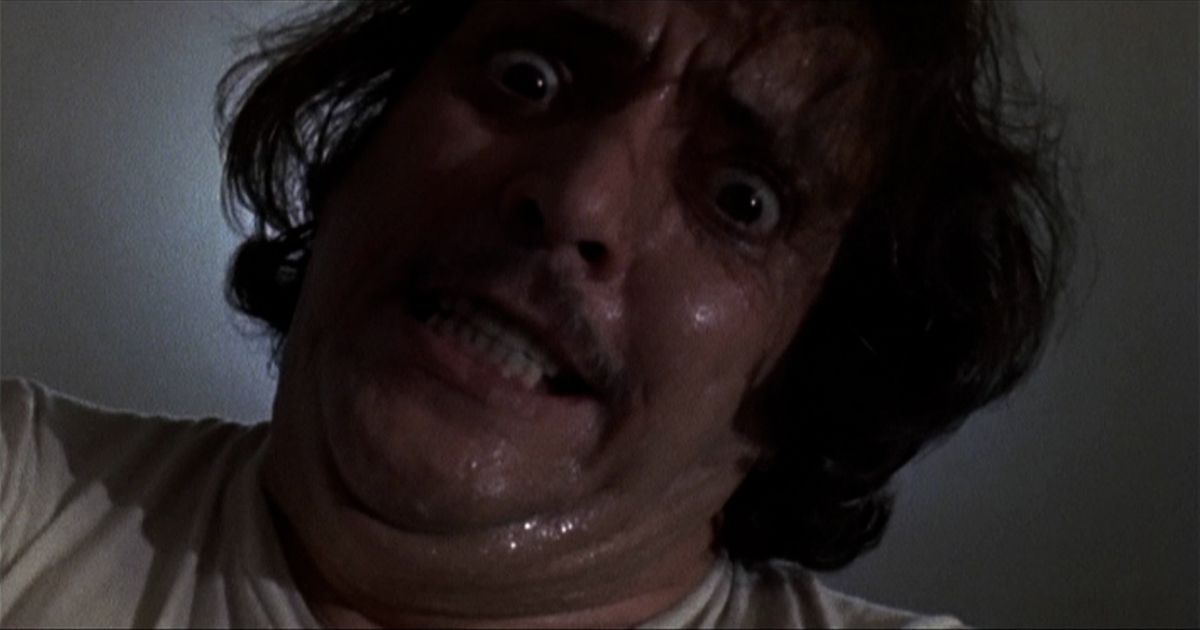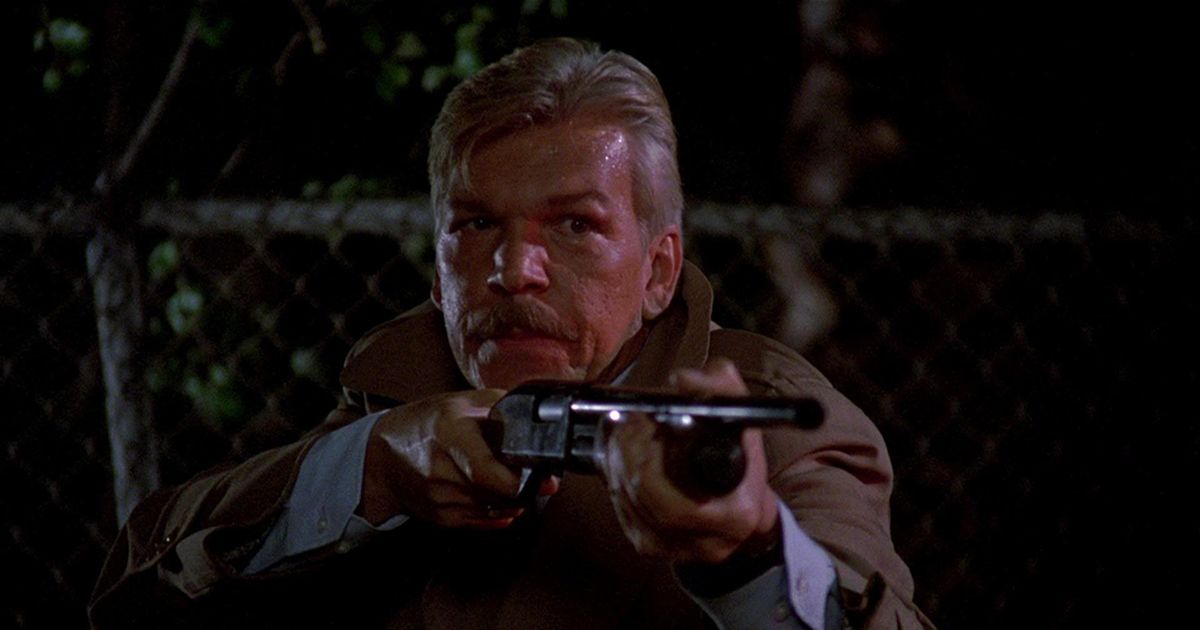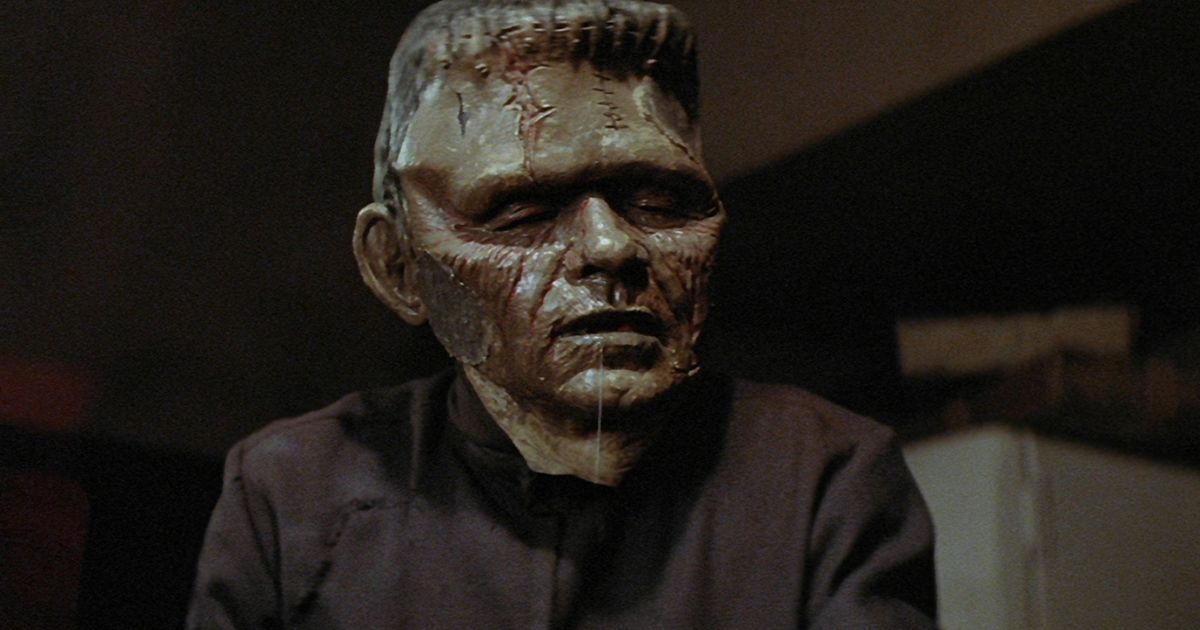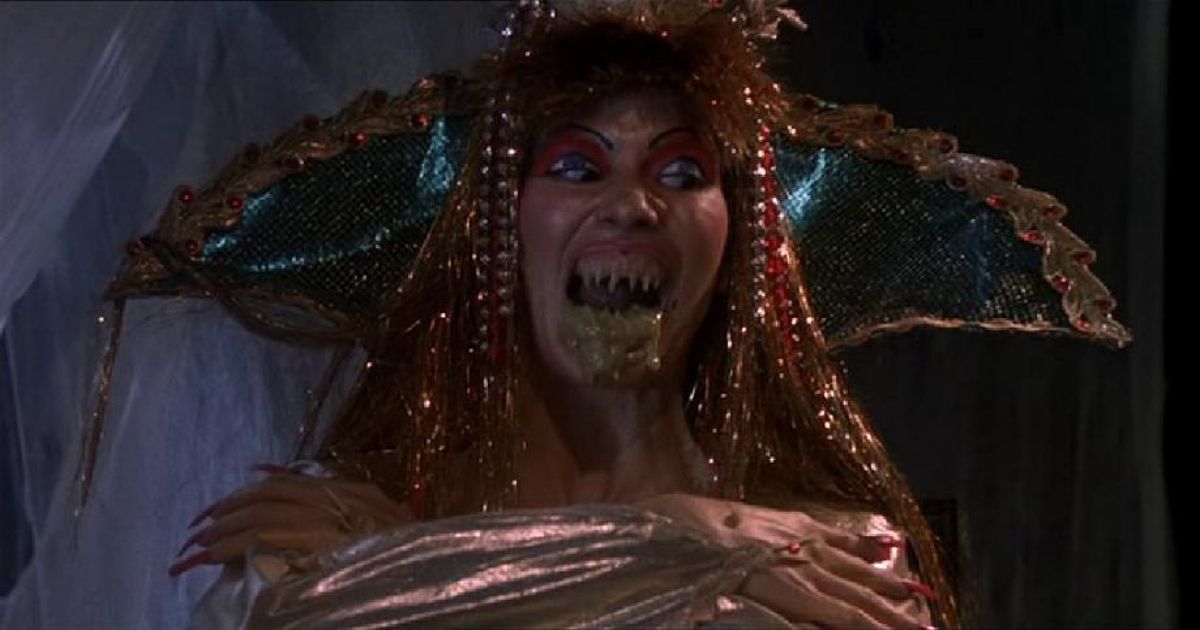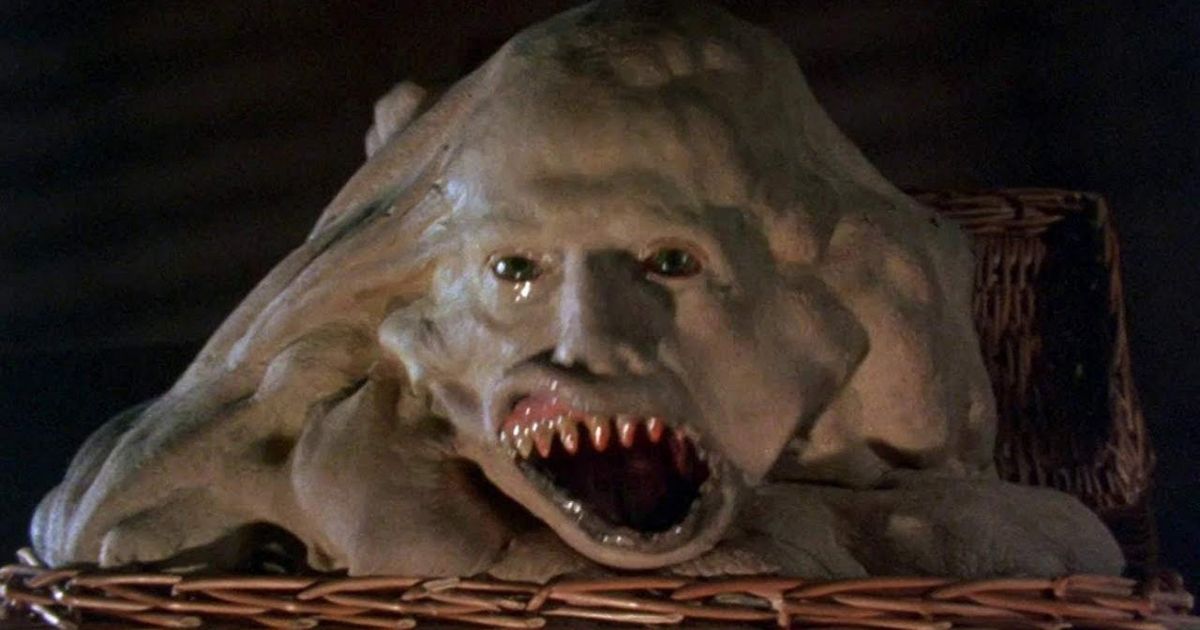B-horror movies have an indisputable charm that’s hard to pass up on if you’re into low-budget violence, and a unique perspective that you don’t typically see in more mainstream films. But the unfortunate reality about B movies, especially B-horror movies, is that they often don’t stand the test of time. It’s not that these films aren’t great in many ways; a number of films on this list fared well at the box office, and even got picked up for sequels. The problem with B-horror movies is that they appeal to a very small niche audience, and don’t break past the status of a cult movie, which doesn’t exactly allow them to be reissued and distributed as widely as we’d like.
And that’s the purpose of this list: to remind you of 12 long-forgotten B-horror movies from the ’80s that definitely deserve more attention than what they’re currently getting.
Sleepaway Camp (1983)
1983’s Sleepaway Camp is set at Camp Arawak and follows the usual beats of your typical 80s slasher film. Many have compared Sleepaway Camp to 1980s Friday the 13th in terms of its campground setting as well as its “whodunit” plot in which kids at the camp are killed one by one in gruesome ways by an unknown assailant. But unlike Friday the 13th, Sleepaway Camp has its own depth that makes it unique in its own right. The kills are clever (trapping somebody with a beehive, so they get stung to death), and the twist ending will all but make you jump off your couch with shock and awe.
Sleepaway Camp was considerably successful for a B movie as well. Not only did it pull in $11 million from a budget of $350,000, it also generated four sequels.
Videodrome (1983)
Though Videodrome was released in 1983, many say that it was way ahead of its time in regard to its messaging and cinematography. Described by a reviewer as a “disturbing techno-surrealist film,” Videodrome deals aggressively with the public’s obsession with media consumption, and what kind of damaging long-term effects to humanity could happen if the media is manipulated by a select and powerful few. Max Renn (James Woods) is caught in the middle of a political conspiracy after being exposed to a VHS tape that causes viewers to develop brain tumors, and the hallucinations he experiences are all part of the plan to control the population.
Videodrome is a visually jarring film, and has a wonderful way of getting under your skin to make you feel like you’re also being manipulated as you watch it.
Troll (1986)
Not to be confused with the similarly titled, yet completely unrelated (and terrible) Troll 2, Troll is an exercise in horror comedy that resides in a fantasy world concealed by a San Francisco apartment complex. The story follows Harry Potter (no, not that one), and his family as the building becomes overrun with goblins, nymphs, and elves who want to take over the human world and reclaim it as the fantasy realm they think it ought to be. But with the help of a witch named Eunice St. Clair, the Potter family is equipped with what they need to reclaim their home, and humanity, from the evil trolls before they completely take over.
Maximum Overdrive (1986)
Maximum Overdrive marks Stephen King’s first and only attempt at directing a film, which he in hindsight described as a “moron movie.” The film is an adaptation of one of Stephen King’s early short stories called “Trucks,” which can be found in his first collection of short stories entitled Night Shift. The story involves common technology of the time becoming sentient when Earth crosses the tale of a comet, and we see all hell break loose as ATMs, soda machines, lawnmowers, chainsaws, and hairdryers go on a murderous rampage.
Emilio Estevez’s Bill Robinson speculates that this series of technological mishaps was no accident, but rather at the behest of aliens who want to take over planet Earth, so they can repopulate it with their own species. It’s worth noting that Maximum Overdrive did not fare well, and that Stephen King himself has disavowed the film, referring to it as a “learning experience.” And by “learning experience,” King meant that he learned to never want to direct another film again.
Alligator (1980)
There’s nothing quite like a solid horror film in which the murderer is a crazed animal rather than a masked man with a knife. In this case of 1980’s Alligator, the murderer is… you guessed it: an alligator. But this is no ordinary alligator. Having been flushed down the toilet in 1968, the baby alligator fed on biologically manipulated animal carcasses that were dumped into the sewers, and it grew to the massive size of 36 feet due to the alarming amount of growth hormones it consumed during its twelve years living in the Chicago sewage system.
The plot thickens when Detective David Madison (Robert Forster) is tasked with tracking down the insatiably hungry alligator, and proving that the violent deaths under his watch were in fact the result of crocodilian carnage, and not foul play on his part.
I, Madman (1989)
Sometimes truth is stranger than fiction, and that’s the sentiment that 1989’s I, Madman leans into quite a bit. This foray into film noir territory follows the life of aspiring actress Virginia Clayton, who becomes enthralled with a deceased author named Malcolm Brand. Brand wrote a number of pulp horror novels that were classified as non-fiction, and Virginia questions her own sanity after reading his novel I, Madman.
The villain in the novel, who goes by the name of Dr. Kessler, cuts off his own face after going mad, and uses pieces of his victims’ faces to replace his own after brutally murdering them. When Virginia witnesses real-life murderers that mirror the book she’s reading, sets out to track down the publisher to find out what’s really going on.
Motel Hell (1980)
Motel Hell is a comedy horror film that takes shots at films like Psycho and The Texas Chainsaw Massacre. This film wasn’t originally set out to reside in the horror comedy genre, but its low budget pushed it into comedic territory. Regardless of intent vs execution, we’re left with a movie about cannibalistic motel owners named Vincent and Ida, who sell smoked meats that are actually made of human flesh.
The method in which they capture victims involves wrecking the vehicles of passersby, or luring them out of their cars to move cardboard facade animals out of the roadway. When victims are abducted, they are buried up to their necks, and force-fed until it’s time for “harvest.” This all changes when they mess with the wrong woman, and in a gruesome turn of events, Vincent and Ida are ultimately overpowered.
Maniac (1980)
When a slasher film is shot in a guerilla fashion, it often becomes a source of controversy. 1980’s Maniac is one such film that depicts gruesome murders which involve the scalping of young women. Fortunately for director William Lustig, the film was never properly categorized as a “video nasty,” or exploitation/snuff film, but upon its release, copies were seized by law enforcement a number of times due to its graphic and seemingly candid depictions of horrific crimes.
Maniac chronicles the life of Frank Zito (Joe Spinell), a serial killer who has a penchant for murdering young women, scalping them, and nailing their hair to mannequins that he collects in his apartment. As he builds up his collection, his mental state spirals, and he hallucinates his deceased abusive mother as he continues to go on his rampage.
Night of the Creeps (1986)
Night of the Creeps has just about everything you’d expect from a B-horror movie: axe-wielding maniacs, aliens, slugs, zombies, and violence on a college campus that was the result of a fraternity prank gone wrong. The plot starts in 1959 when a spacecraft launches a canister of alien slugs to Earth.
One of the slugs possesses the boy who discovers it, but then we’re brought to the year 1986. Chris and J.C. (Jason Lively and Steve Marshall) inadvertently unleash a plague of body-snatching slugs onto their college campus when they break into the university medical center and thaw out the boy from 1957, unleashing the alien slugs into the general population. The slugs turn whoever they possess into zombies, and absolute bedlam takes place as Detective Ray Cameron, who remembers the 1957 incident, does whatever he can to neutralize the threat.
The Funhouse (1981)
Escape rooms are all the rage these days, and if you live in any major city, you can throw down some money with your friends to partake in an adventure that involves puzzle-solving and treasure-hunting. In a way, 1981’s The Funhouse is the ultimate escape room, except a lot more people end up dying.
The Funhouse takes similar beats from The Texas Chainsaw Massacre, which is fitting because Tobe Hooper directed both films, and there are a lot of striking similarities. In both films, we witness a group of teenagers trapped against their will at the behest of a group of murderous psychopaths, but in The Funhouse, it all takes place at a traveling carnival. What started out as a dare to spend the night in the funhouse results in a number of deaths filled with low-budget gore, but if you’re a fan of this style of slasher film, it’s not without charm.
Blood Diner (1987)
Blood Diner involves two brothers, Michael and George, who are tasked with building a composite woman out-of-body parts, so they could summon an ancient Lumerian goddess. In this horror comedy, the vehicle that the brothers use to lure their victims is their popular vegetarian restaurant, and they refer to their dastardly acts as building a “blood buffet” that includes the body parts they’ve collected as well as a virgin sacrifice.
Basket Case (1982)
We’re not talking about the Green Day song, but rather 1982’s Basket Case, which is a very low-budget B-horror film about two formerly conjoined twins who are able to speak to one another telepathically. Though Duane Bradley appears to be a fully functional citizen, he carries his hideously deformed brother Belial around in a basket. Despite being separated at a young age, the brothers share an unbreakable bond in wanting to exact revenge on the doctors that separated them. But matters get complicated when Duane expresses romantic interest in one of the doctor’s assistants, sending Belial into a jealous rage.
Basket Case was critically panned upon its release, but has since become a cult film for its low budget, gratuitous violence, and disturbing themes. In 2017, Basket Case was preserved by the Museum of Modern Art, and was re-released on Blu-ray and DVD in 4K shortly after being restored from its original 16mm film.

